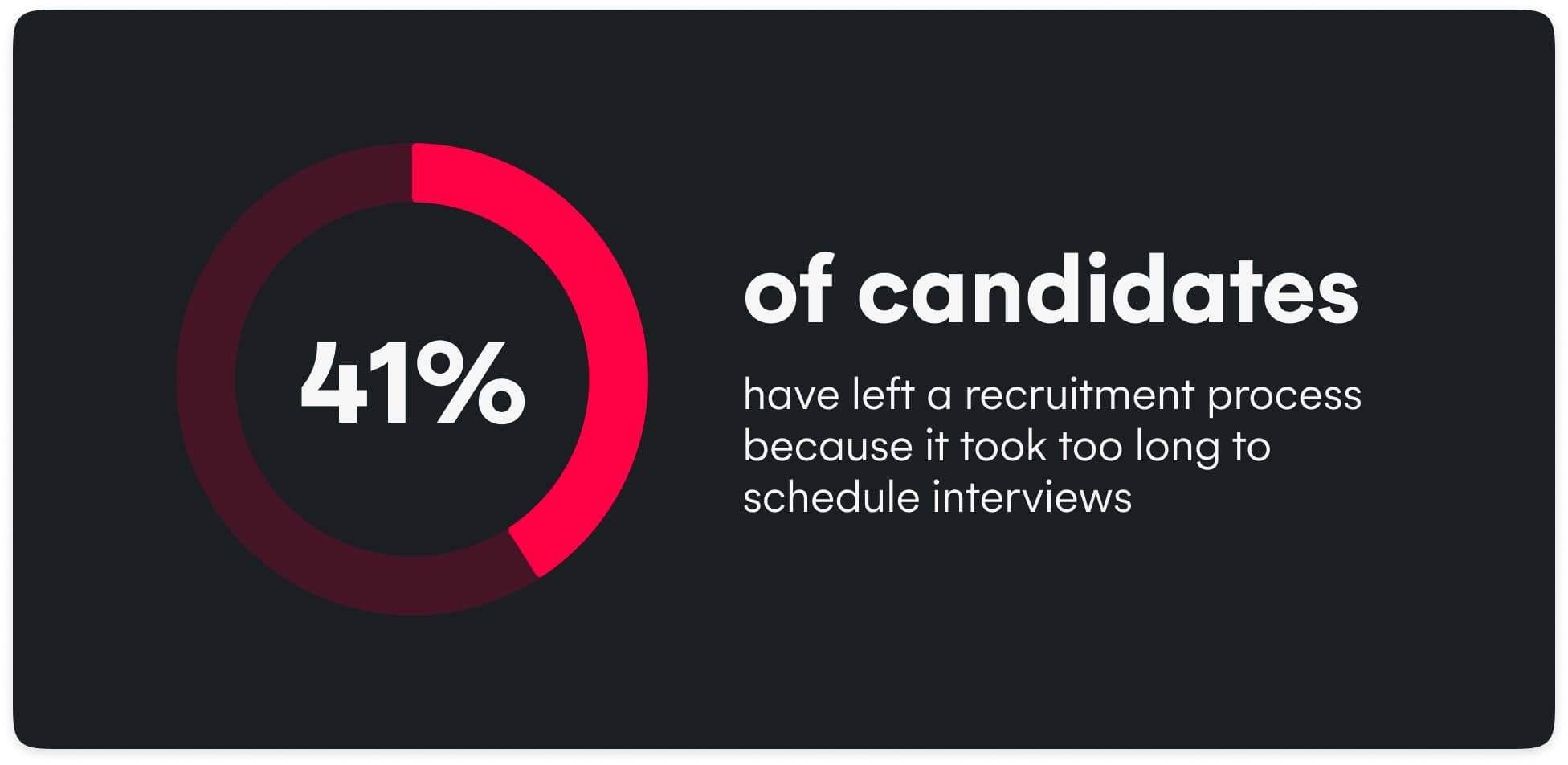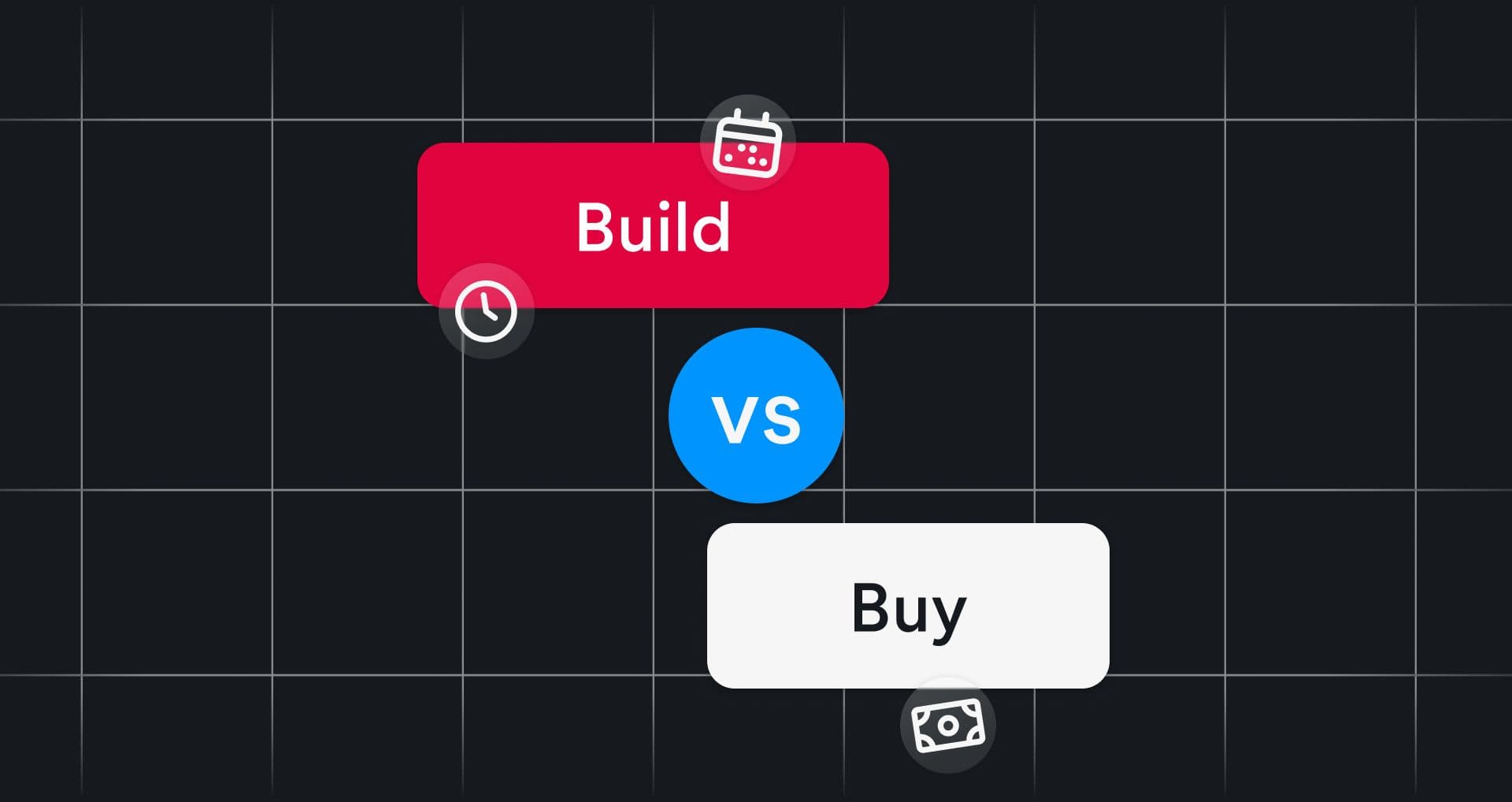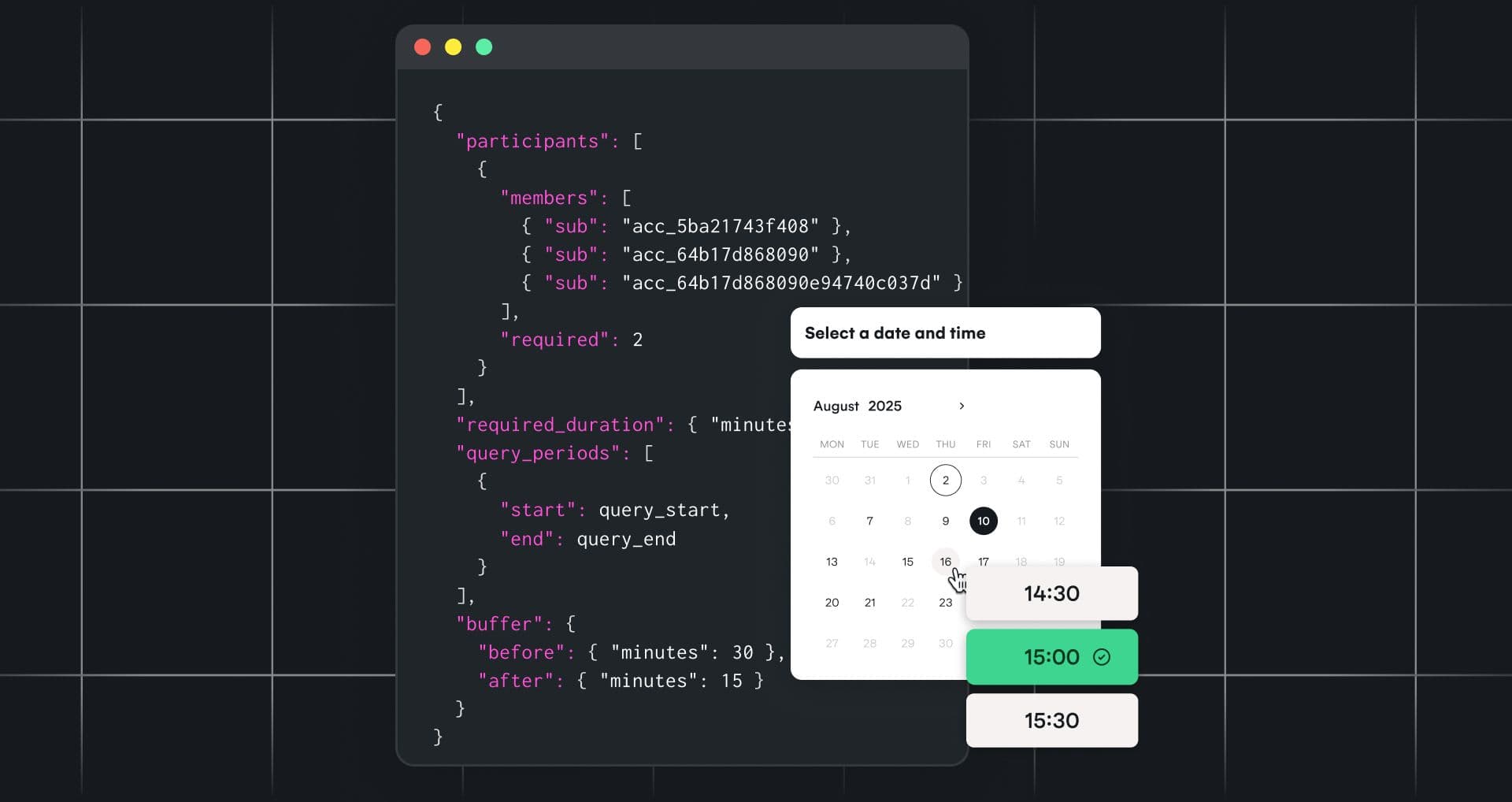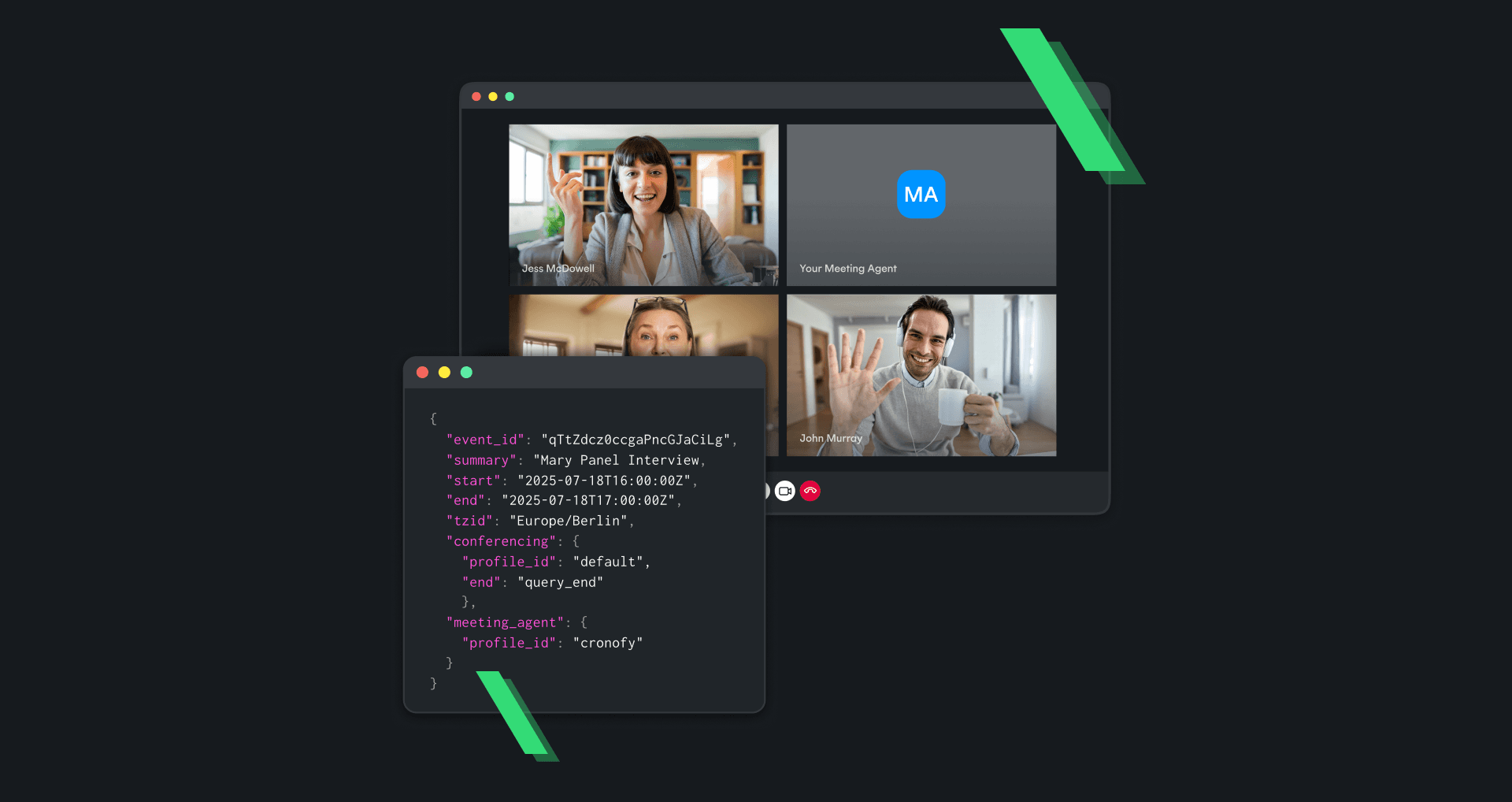The purpose of an ATS is to streamline the hiring process and make life easier for both candidates and recruiters, reducing time to hire and filling more roles for your customers. Modern ATS platforms are under pressure to deliver exactly that, and it’s easy to see why bolt-ons seem like a good compromise. Customer requests are constant, competition is fierce, and speed to market really matters. But fast fixes can slow you down later.
You get your feature to market faster, it takes less engineering effort, and you free up your roadmap to work on features that set your platform apart. But that quick fix might be costing you customers. When core actions like scheduling an interview exist outside of your platform, your users feel the friction. Every extra click or opened tab weakens the perceived value of your ATS, and over time, that silent friction starts showing up in metrics that matter most.
Workarounds are driving candidate drop off

41% of candidates drop out of the recruitment process when it takes too long to schedule an interview. Every time a candidate leaves your ATS to schedule via a third party link like Calendly or Chili Piper, the risk of abandonment increases. 50% of candidates also say they will not recommend or engage with a brand again if they’ve had a frustrating interview booking experience.
When it comes to scheduling complex, multi-person panel interviews, the experience falls apart even more. The result? Delays and frustrations for the recruiters trying to stitch different platforms together.
For your customers, the experience of losing candidates leads to frustration, and that frustration is associated with your product, and not the external tool you sent them to.
Impact: Lower recruiter satisfaction and longer time-to-hire, leading to account churn and shrinking MRR.
Fragmented experiences reduce your platforms stickiness
When your users rely on tools outside of your platform, they start to form habits outside of your platform, too. Your users learn to switch between tools, and you lose visibility into key user actions, like scheduling an interview. This not only starts to undermine the value of your product and reduce the use of key features of your platform, but leaves you out of the loop when it comes to key metrics like time-to-schedule and time-to-interview.
When users are forced to use workarounds, the likelihood of them switching to incumbent competitors offering all-in-one solutions increases. On the other hand, some teams are opting for less feature-heavy ATSes if they find it difficult to justify the cost of a platform they can’t have an end-to-end hiring experience in.
Impact: Reduced daily active user minutes and lower feature utilisation, meaning customers are less likely to stay loyal to your platform when it comes to renewal.
Technical debt and increased engineering time
What seemed like an easy fix at the time can lead to the very thing you were trying to prevent — increased engineering time. Over time, each external workaround needs maintenance, version updates, and custom workaround that fit your product’s evolving architecture and user workflows.
Impact: Not only does that add to ongoing technical debt, every hour spent maintaining workarounds is an hour not spent building what makes your platform unique.
Build embedded experiences, not workarounds
The fastest growing HR Tech platforms aren’t patching workarounds, they’re building seamless embedded experiences that feel native to their users. The best part? They’re opting for APIs that are easy and fast to integrate, leaving them to focus on developing features that actually differentiate them.
That’s exactly what Business Draft did. When they realised that their existing scheduling add-ons were slowing their users down, they embedded Cronofy’s scheduling API directly into their ATS. Instead of sending users to external tools, scheduling became part of their core workflow. They didn’t just solve a UX issue, they made scheduling a differentiator and strengthened their customer satisfaction and retention in the process.
The results:
- 70% reduction in administrative tasks for their users
- Massive reduction in no-show rates thanks to in-text rescheduling
- No more back-and-forth phone calls for recruiters booking in screening calls
Embedded scheduling isn’t just a feature. It’s fast becoming the standard expectation across HR Tech platforms, so don’t get left behind.
Learn how they did it here.




